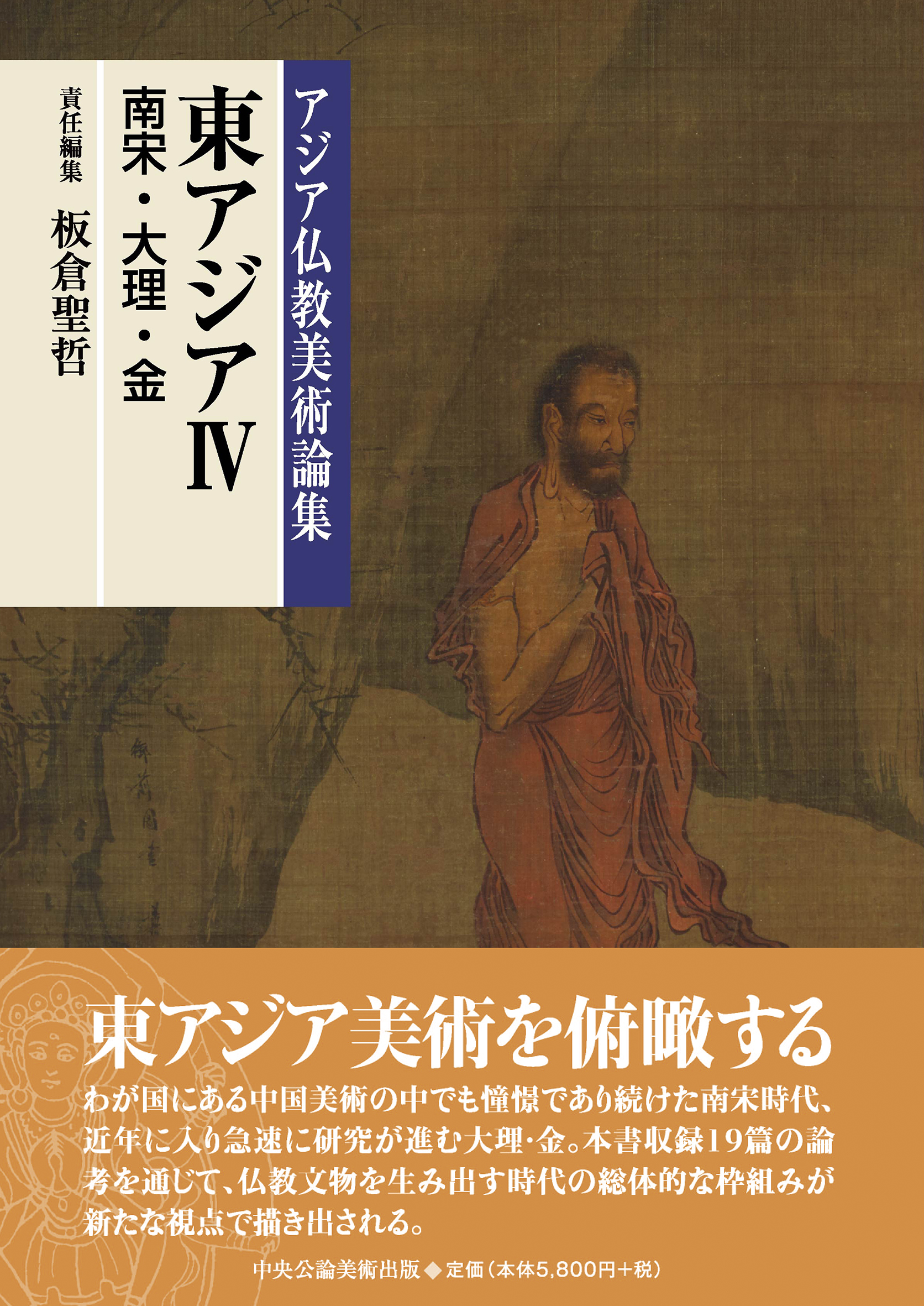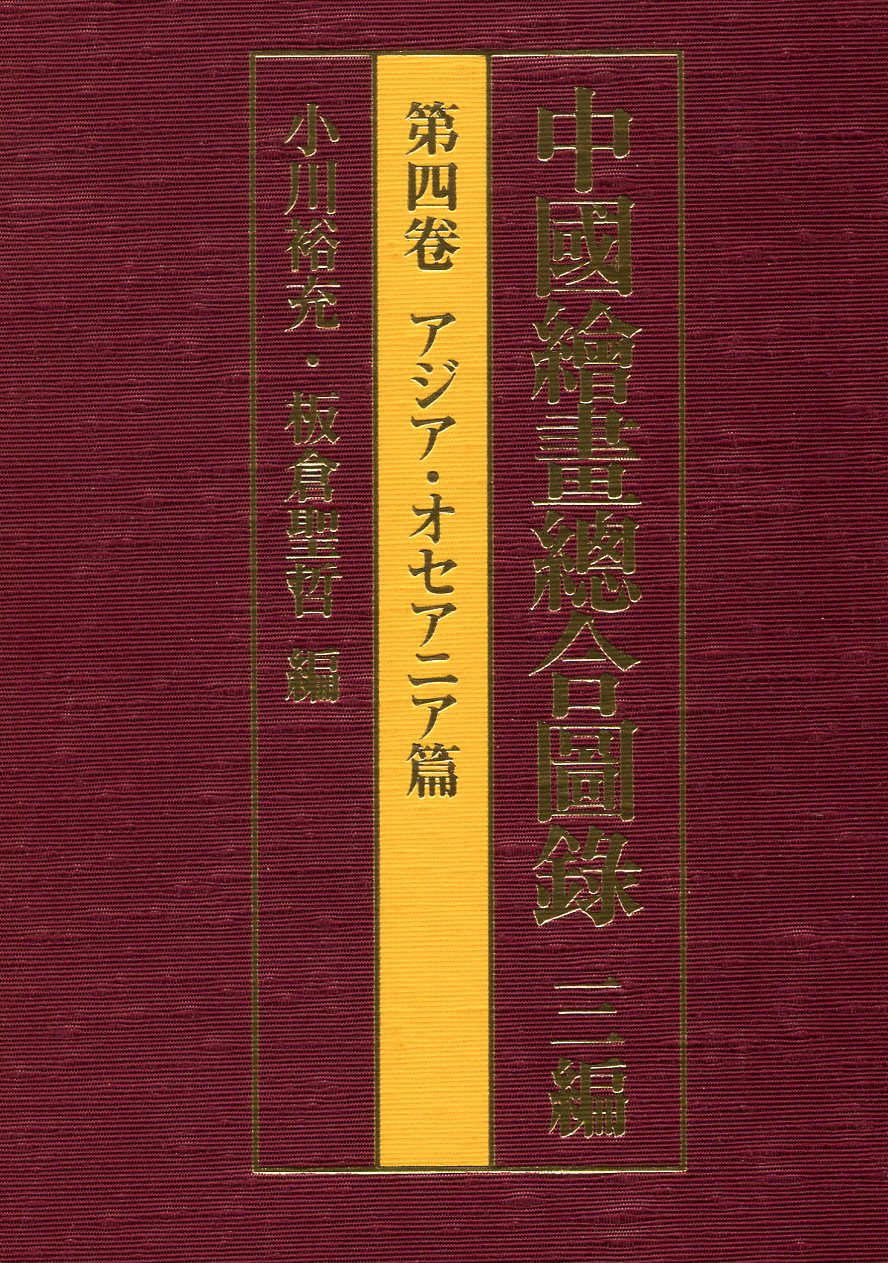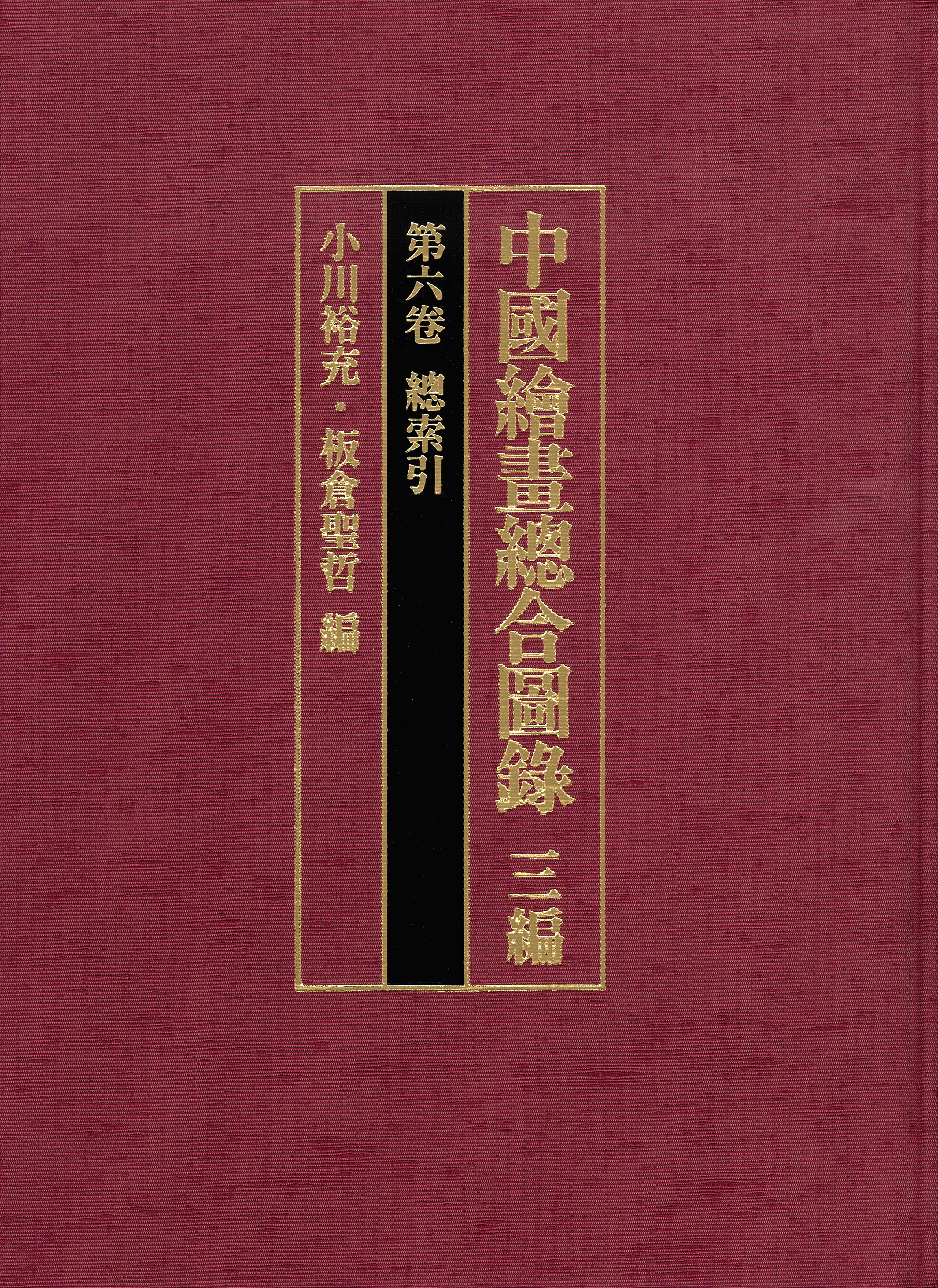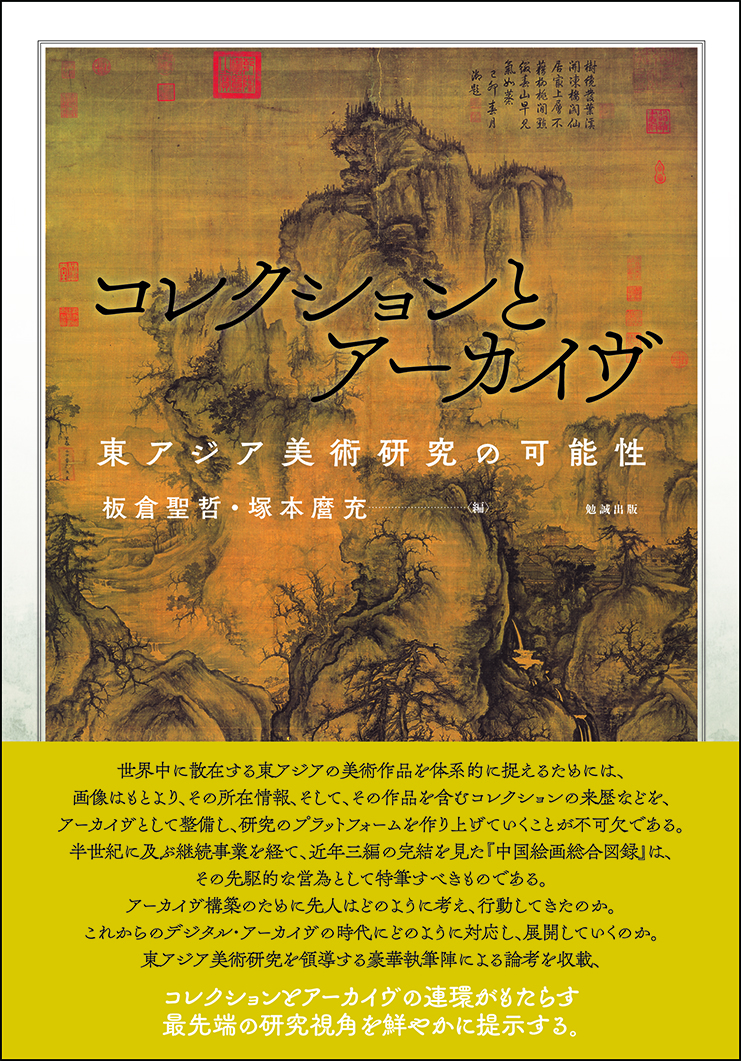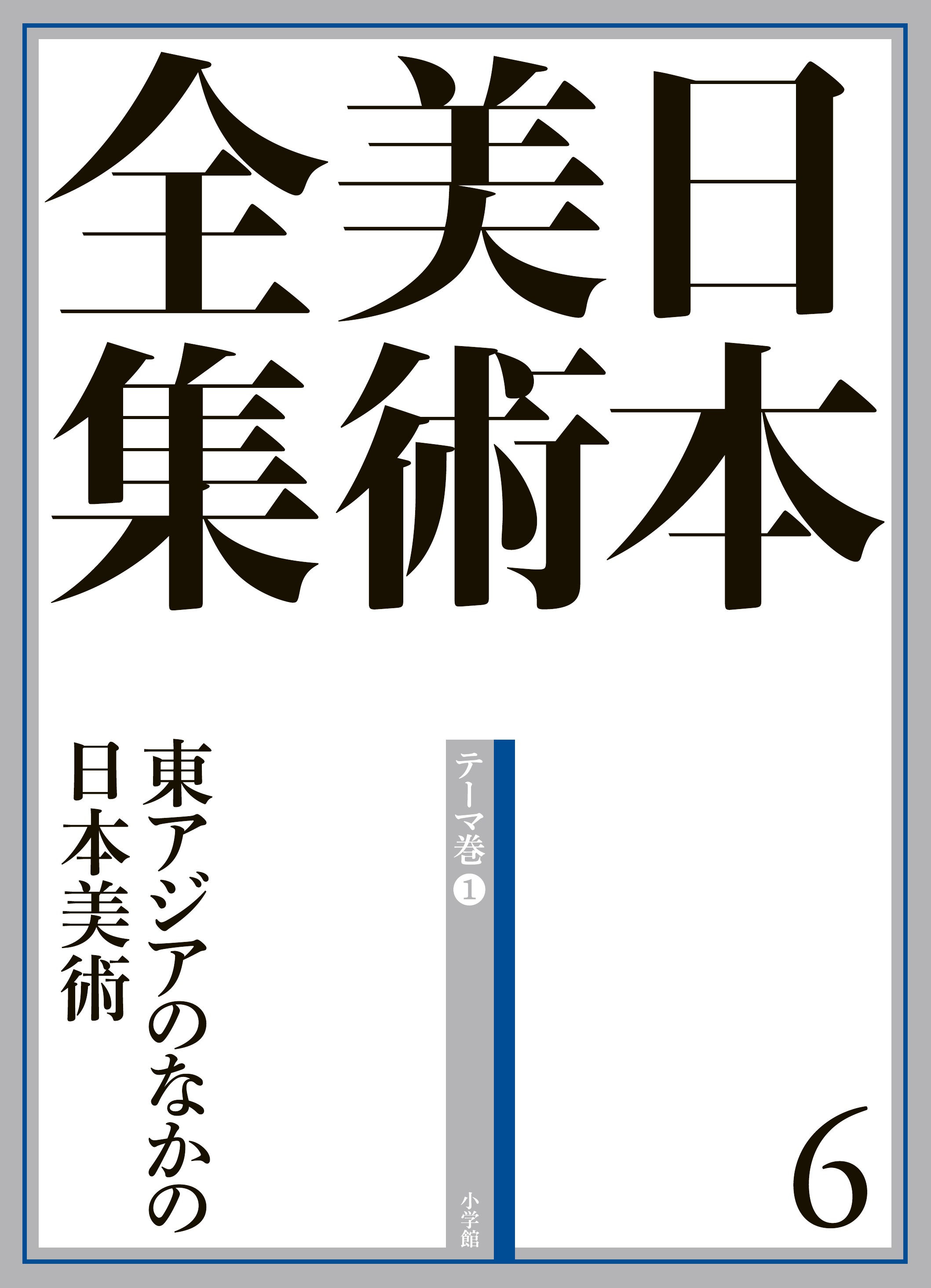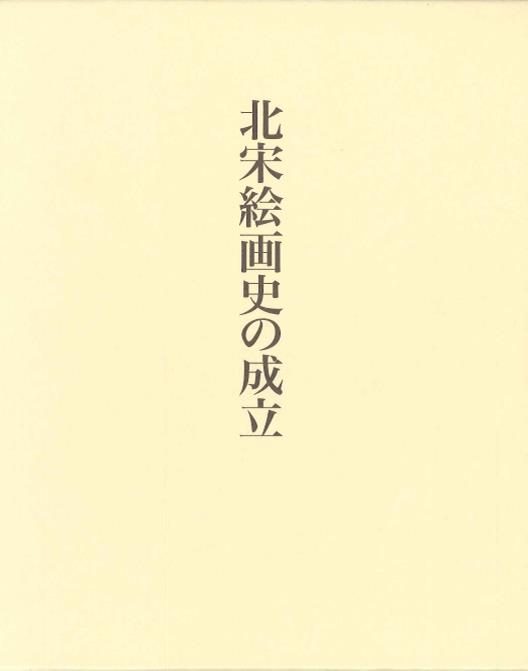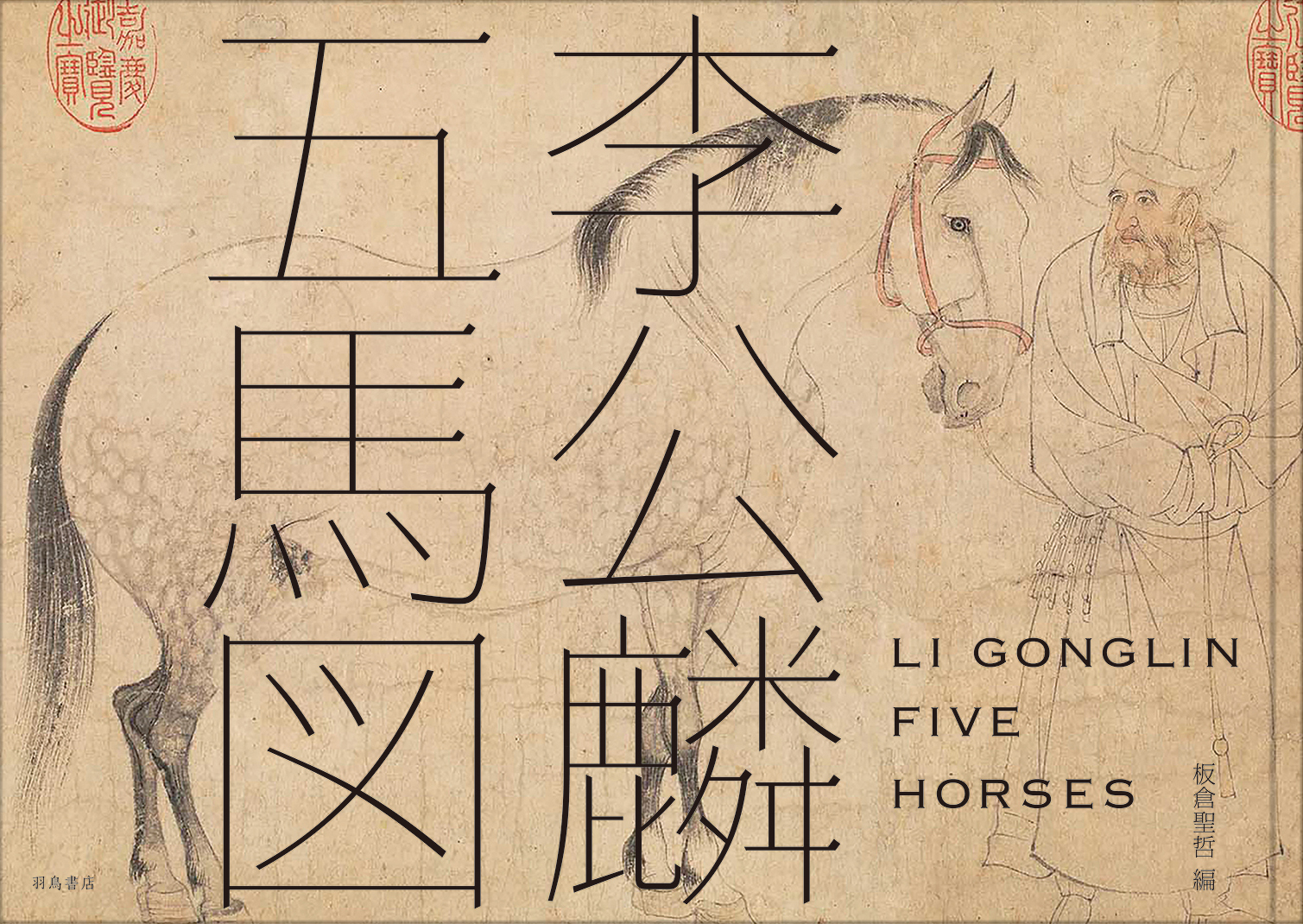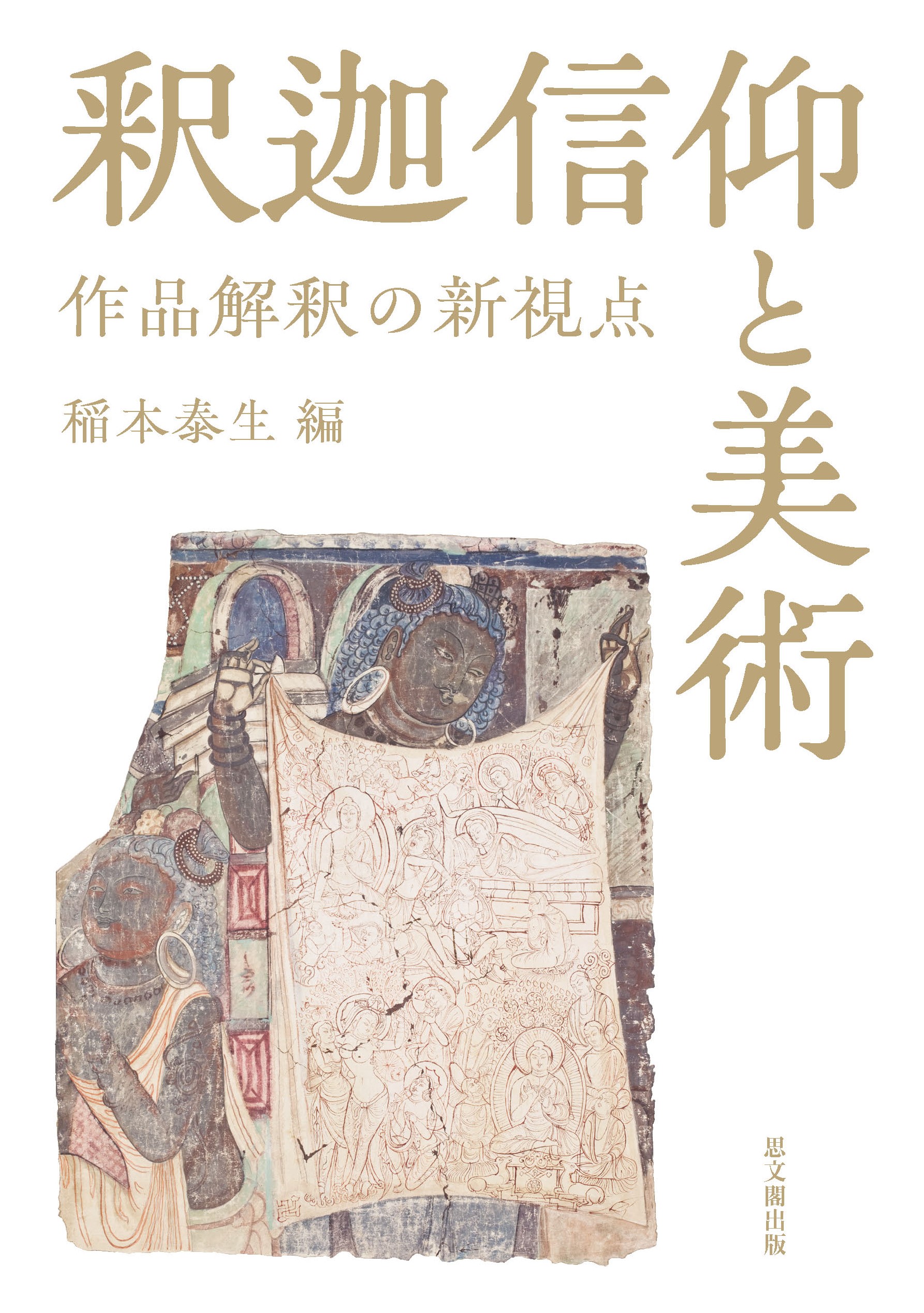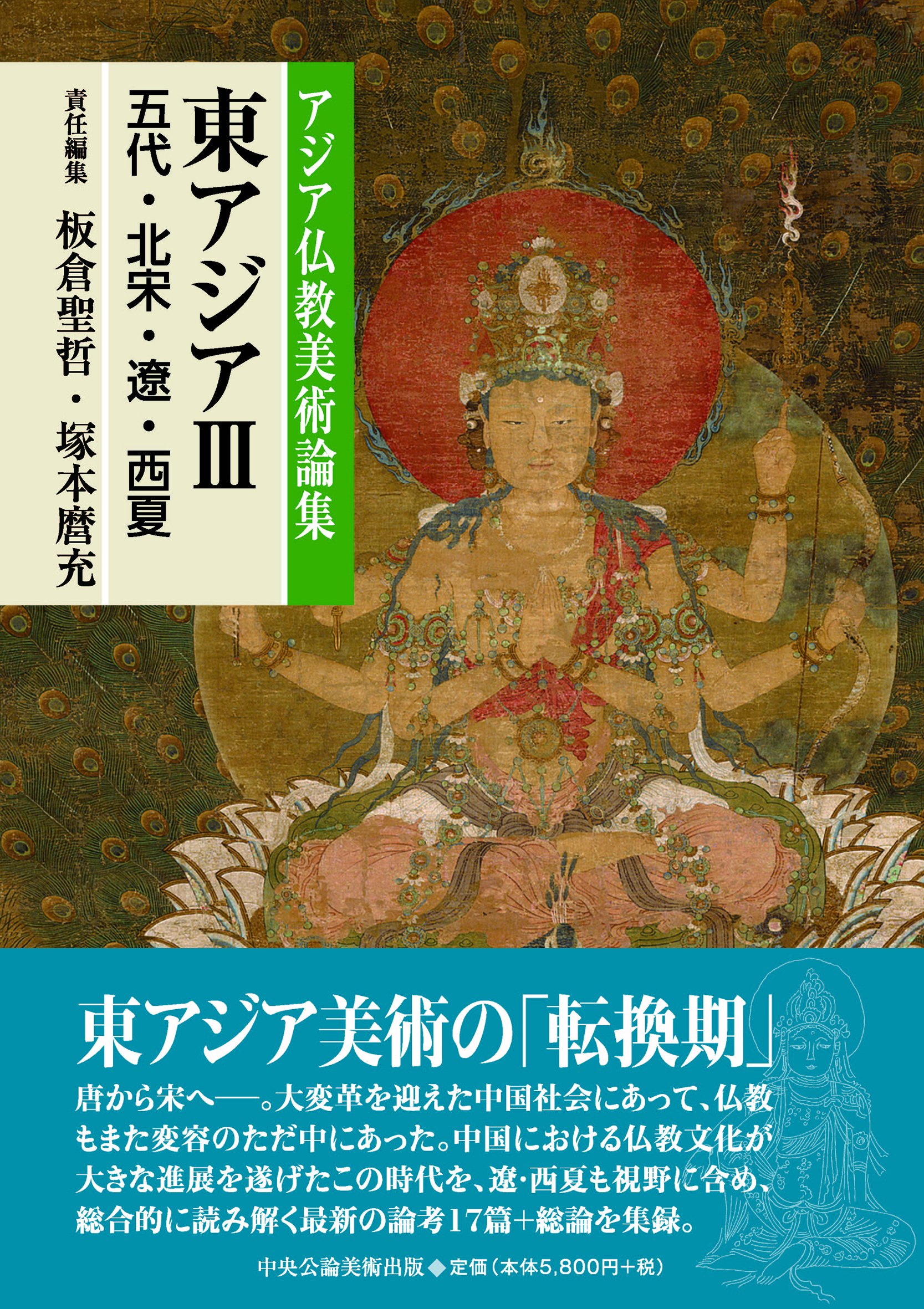
Title
Essays on Asian Buddhist Art Higashi Asia III (East Asia III: Five Dynasties, Northern Song, Liao, and Xixia)
Size
700 pages, A5 format, hardcover
Language
Japanese
Released
February, 2021
ISBN
978-4-8055-1132-9
Published by
Chuokouronbijyutsu
Book Info
See Book Availability at Library
Higashi Asia III - Five Dynasties, Northern Song, Liao, and Xixia
Japanese Page
This is the eighth volume to be published in a 12-volume series on Buddhist art throughout Asia which was launched in 2017. In addition to Central Asia, Tibet, India, Southeast Asia, and the Korean peninsula, five volumes have been allocated to China, covering the Later Han to the Northern and Southern Dynasties (East Asia I), the Sui and Tang (East Asia II), the Northern Song (East Asia III), the Southern Song (East Asia IV), and the Yuan, Ming, and Qing (East Asia V). It is planned to bring the series to completion by the end of fiscal 2022.
About six years ago, when I first heard Professor Itakura Masaaki, the supervising editor of this series, say that he was thinking of producing two books dealing separately with the Buddhist art of the Northern Song and the Southern Song, I was quite surprised and thought that it would be too difficult. This was because conventional wisdom in academia held that the golden age of Buddhist art in China had been the period from the Northern and Southern Dynasties to the Sui and Tang, when the Yungang and Longmen Caves, the Dunhuang murals, and so on had been produced, and that the period from the Song period onwards, when the art of scholar-officials, such as landscape painting and calligraphy, had emerged, was a time of decline and there did not exist any noteworthy masterpieces. But the astounding findings of archaeological excavations in China in recent years are overturning this past view of Chinese art centred on scholar-officials. It has become clear that Northern Song emperors sent donations to sites sacred to Buddhism in India and that scholar-officials and the general populace were engaged in large-scale Buddhist activities throughout China, and there has emerged a new picture of history exemplified by “things,” a picture that could not have been known from written sources alone. This collection of essays contains seventeen essays, including some by scholars specializing in neighbouring regions such as the Liao, Xixia, and Tibet.
Compiling a book makes visible a world that no one has previously seen. Initially, I myself (being a specialist in landscape painting) did not believe that it would be possible to produce a book on the Buddhist art of the Northern Song. But it has now become clear that, after its initial introduction to China, Buddhism penetrated into people’s lives and society not only through Buddhist statues and paintings in caves and temples but also through various other media such as architecture, craftwork, printing, burials, calligraphy, and painting, and that it changed in the course of the enormous social changes that occurred during the Tang-Song transition. In other words, the existence of a “history of Buddhist art” in the “Northern Song” has vividly come to light.
The essays in this volume deal with many different topics, including iconography and beliefs, distribution and consumption, and spatiality. Full-scale investigations of Buddhist art in mainland China were first conducted by Sekino Tadashi of the Faculty of Engineering at Tokyo Imperial University and Tokiwa Daijō of the Academy of Oriental Culture (later absorbed into the Institute for Advanced Studies on Asia), who undertook five expeditions in China, starting in 1920. Their findings survived the tribulations of the Tokyo Earthquake of 1923 and were published as Historical Remains of Chinese Buddhism (1925–28) and Historical Remains of Chinese Culture (1939–41). How would Professors Sekino and Tokiwa view this book, published a hundred years after they began their investigations, at a time when Chinese studies in Japan and the academic environment around the world are undergoing great changes? I would be most delighted if they expressed surprise, saying, “Whereas it took days for us to locate a pagoda, who would have thought that all sorts of items would be unearthed from below such pagodas in the twenty-first century?” or “To think that a book could be produced about the history of Buddhist art in the Northern Song!”
(Written by TSUKAMOTO Maromitsu, Professor, Institute for Advanced Studies on Asia / 2021)
Related Info
Essays on Asian Buddhist Art, East Asia
http://www.chukobi.co.jp/products/list.php?category_id=24



 Find a book
Find a book


 eBook
eBook